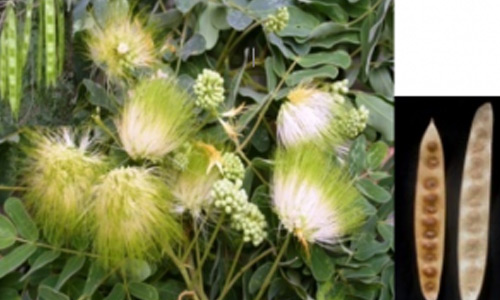We value your privacy
We use cookies to enhance your browsing experience, serve personalized ads or content, and analyze our traffic. By clicking "Accept All", you consent to our use of cookies.
We use cookies to help you navigate efficiently and perform certain functions. You will find detailed information about all cookies under each consent category below.
The cookies that are categorized as "Necessary" are stored on your browser as they are essential for enabling the basic functionalities of the site. ...
Necessary cookies are required to enable the basic features of this site, such as providing secure log-in or adjusting your consent preferences. These cookies do not store any personally identifiable data.
No cookies to display.
Functional cookies help perform certain functionalities like sharing the content of the website on social media platforms, collecting feedback, and other third-party features.
No cookies to display.
Analytical cookies are used to understand how visitors interact with the website. These cookies help provide information on metrics such as the number of visitors, bounce rate, traffic source, etc.
No cookies to display.
Performance cookies are used to understand and analyze the key performance indexes of the website which helps in delivering a better user experience for the visitors.
No cookies to display.
Advertisement cookies are used to provide visitors with customized advertisements based on the pages you visited previously and to analyze the effectiveness of the ad campaigns.
No cookies to display.
|
Division
|
Angiosperms |
|
Class
|
Dicotledons |
|
Subclass |
Polypetalae |
|
Order |
Rosales |
|
Series |
Calyciflorae |
|
Family
|
Mimosaceae |
|
Genus
|
Albizia |
|
Species
|
lebbek |

|
Etymology: |
In honour of famous Italian naturalist Filippo del Albizi. |
|
Botanical name
|
Albizia lebbek Benth. |
|
Local/Trade names:
|
East Indian Walnut, Siras, Kokko, Women’s Tongue Tree |
|
Conservation status:
|
Commonly found wild in India. |
|
Digonestic features:
|
Bark almost blackish; flowers yellowish. |
|
Description:
|
Deciduous tree, upto 25 m high. Bark rough, dark brown, almost blackish,irregularly cracked. Leaves bipinnate, 8-20 cm long; leaflets 5-9 pairs, obliquely oblong, the terminal obovate. Flowers creamy-white, scented, in globose umbellate heads. Pod 25 cm long, straw coloured, shining. Seeds 4-12, ellipsoid-oblong, flat. |
|
Phenology: |
Fls.: & Frts.: May-Sept. |
|
Distribution:
|
India, tropics and sub-tropics of the old world. |
|
Where to see it: |
Ornamental Flowering Section and Medicinal Plant Garden. |
|
Uses: |
Wood excellent for high class furniture, internal decoration and paneling, parquet and strip flooring, and railway carriage work. Also, used for construction purposes, agricultural implements, oil pressers, agricultural implements, oil pressers, cane crushers, carts and carriage, well-curbs, and carving. Tree yields a gum used as an adulterant of Gum Arabic. Bark used for tanning fishing-nets (tannin 7-11%). Leaves and seeds used for eye troubles; bark for boils. |
Chief Conservator of Forests & Chief Wildlife Warden is the Head of the Department. There is one post of Conservator of Forests & two posts of Deputy Conservator of Forests viz.